First Record of Megamphopus katagani Bakir, Sezgin & Myers, 2011 (Amphipoda, Photidae) in the Italian Waters: A Species Associated with the “Amphioxus Sand” Biocenosis
Abstract
Author Contributions
Funding
Institutional Review Board Statement
Data Availability Statement
Conflicts of Interest
References
- Somaschini, A.; Martini, N.; Gravina, M.F.; Belluscio, A.; Corsi, F.; Ardizzone, G.D. Characterization and cartography of some Mediterranean soft-bottom benthic communities (Ligurian Sea, Italy). Sci. Mar. 1998, 62, 27–36. [Google Scholar]
- Snelgrove, P.V. Getting to the bottom of marine biodiversity: Sedimentary habitats: Ocean bottoms are the most widespread habitat on earth and support high biodiversity and key ecosystem services. BioScience 1999, 49, 129–138. [Google Scholar] [CrossRef]
- Pérès, J.M.; Picard, J. Nouveau Manuel de Bionomie Benthique de la mer Méditerranée; Rec. Trav. St. mar. Endoume; Station Marine d’Endoume: Marseille, France, 1964; Volume 31, 137p. [Google Scholar]
- Dauvin, J.C. Structure et organisation trophique du peuplement des sables grossiers à Amphioxus lanceolatus-Venus fasciata de la baie de Morlaix (Manche occidentale). Cah. Biol. Mar. 1988, 29, 163–185. [Google Scholar]
- Lin, H.C.; Chen, J.P.; Chan, B.K.; Shao, K.T. The interplay of sediment characteristics, depth, water temperature, and ocean currents shaping the biogeography of lancelets (Subphylum cephalochordata) in the NW Pacific waters. Mar. Ecol. 2015, 36, 780–793. [Google Scholar] [CrossRef]
- Antoniadou, C.; Krestenitis, Y.; Chintiroglou, C. Structure of the “Amphioxus sand” community in Thermaikos bay (Eastern Mediterranean). Fresenius Environ. Bull. 2004, 13, 1122–1128. [Google Scholar]
- Rota, E.; Perra, G.; Focardi, S. The European lancelet Branchiostoma lanceolatum (Pallas) as an indicator of environmental quality of Tuscan Archipelago (Western Mediterranean Sea). Chem. Ecol. 2009, 25, 61–69. [Google Scholar] [CrossRef]
- Scipione, M.B. Do studies of functional groups give more insight to amphipod biodiversity? Crustaceana 2013, 86, 955–1006. [Google Scholar]
- Bakir, K.; Sezgin, M.; Myers, A.A. A new species of amphipod, Megamphopus katagani sp. nov. (Crustacea: Peracarida: Photidae) from the Sea of Marmara (Turkey), with a key to the species of Megamphopus in the North Atlantic, Mediterranean and associated Seas. Zootaxa 2011, 2791, 63–67. [Google Scholar] [CrossRef]

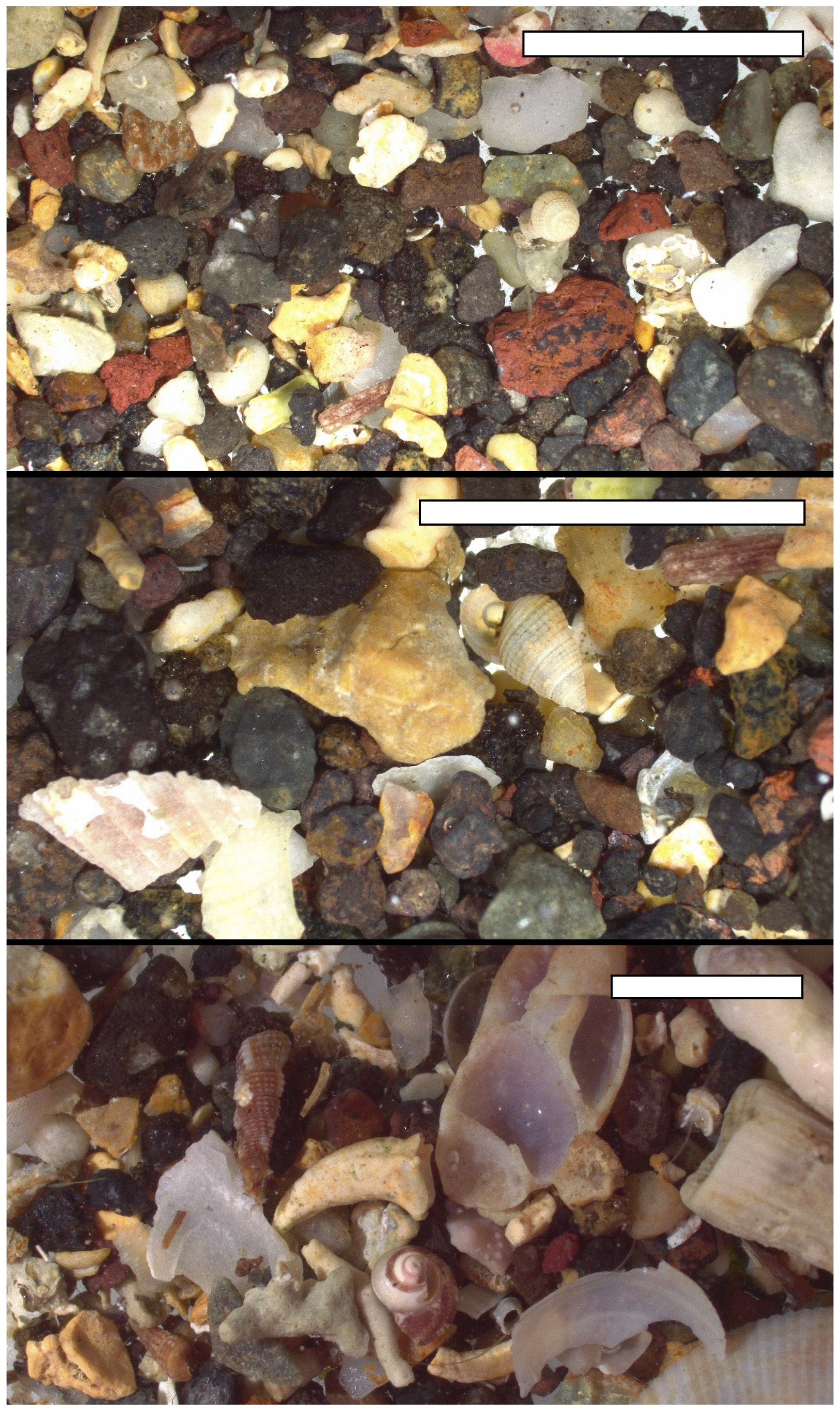
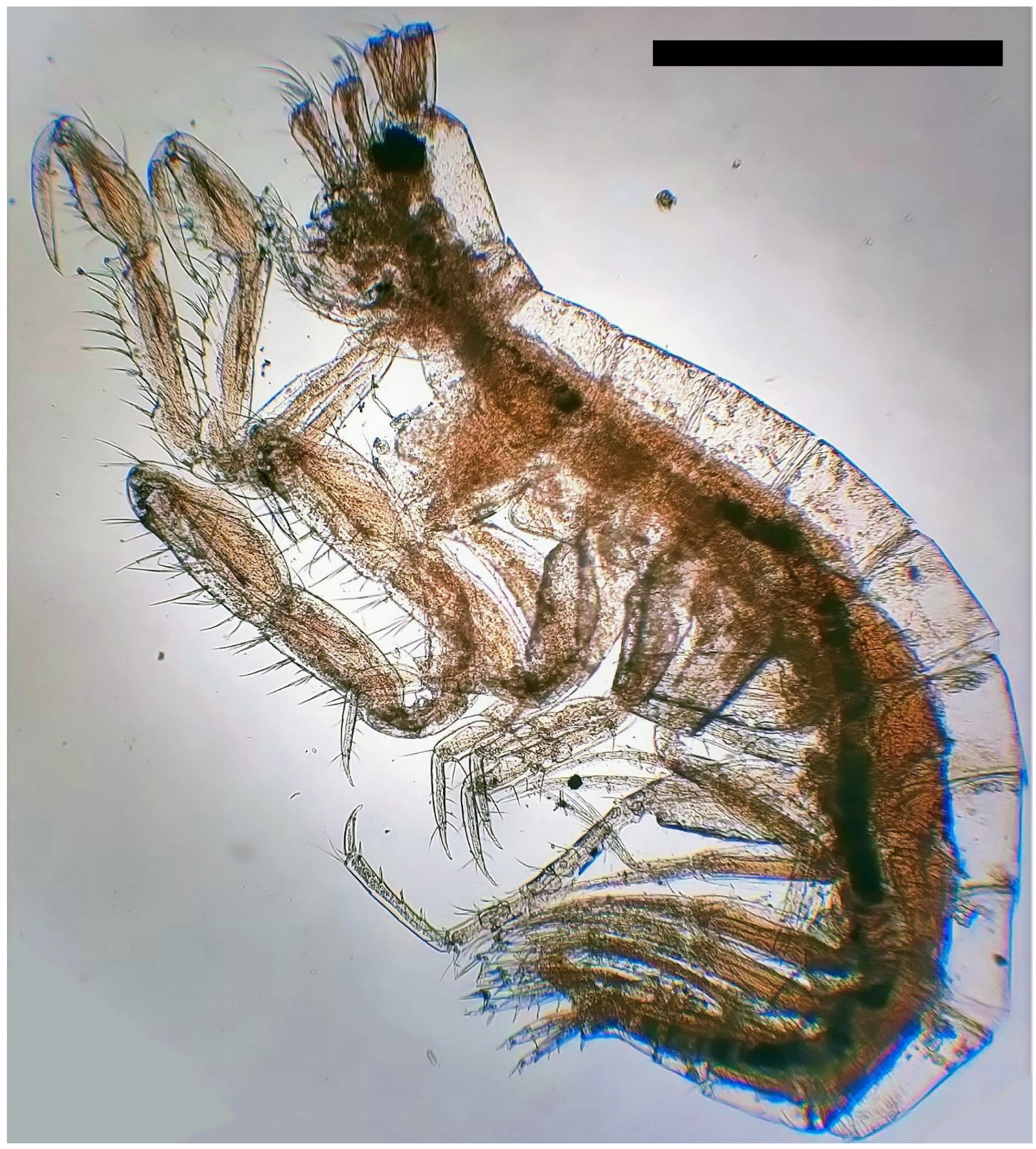
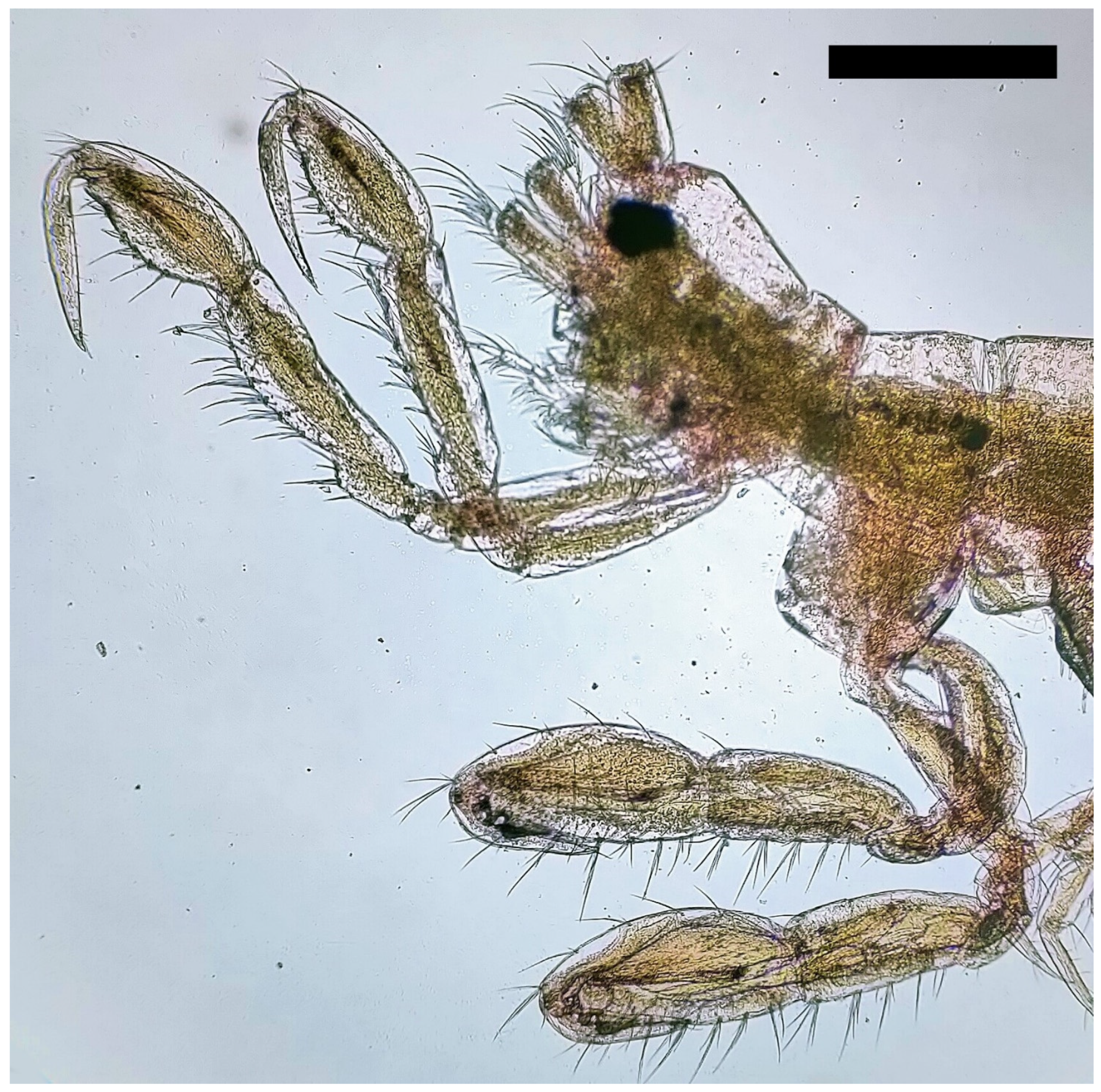

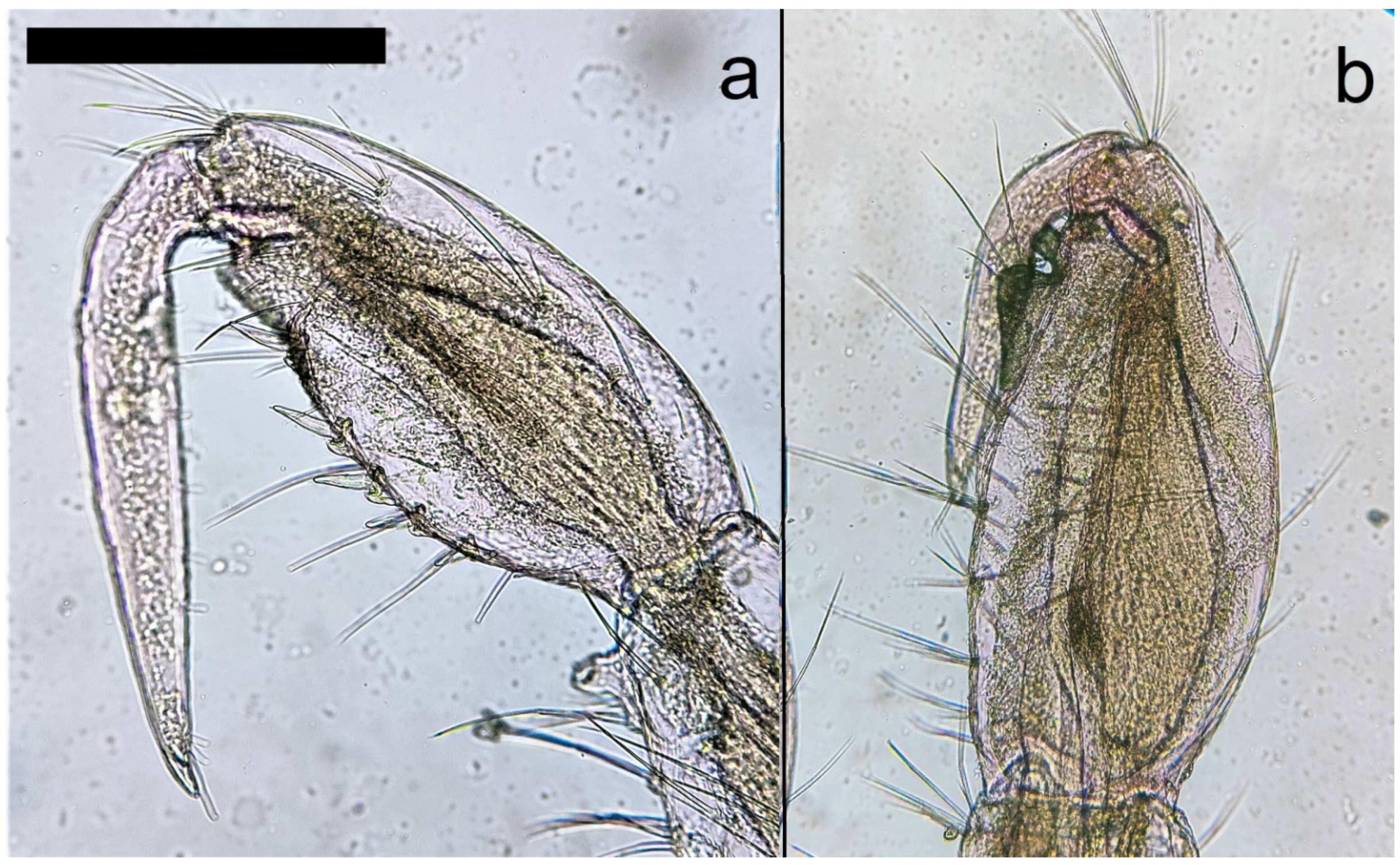
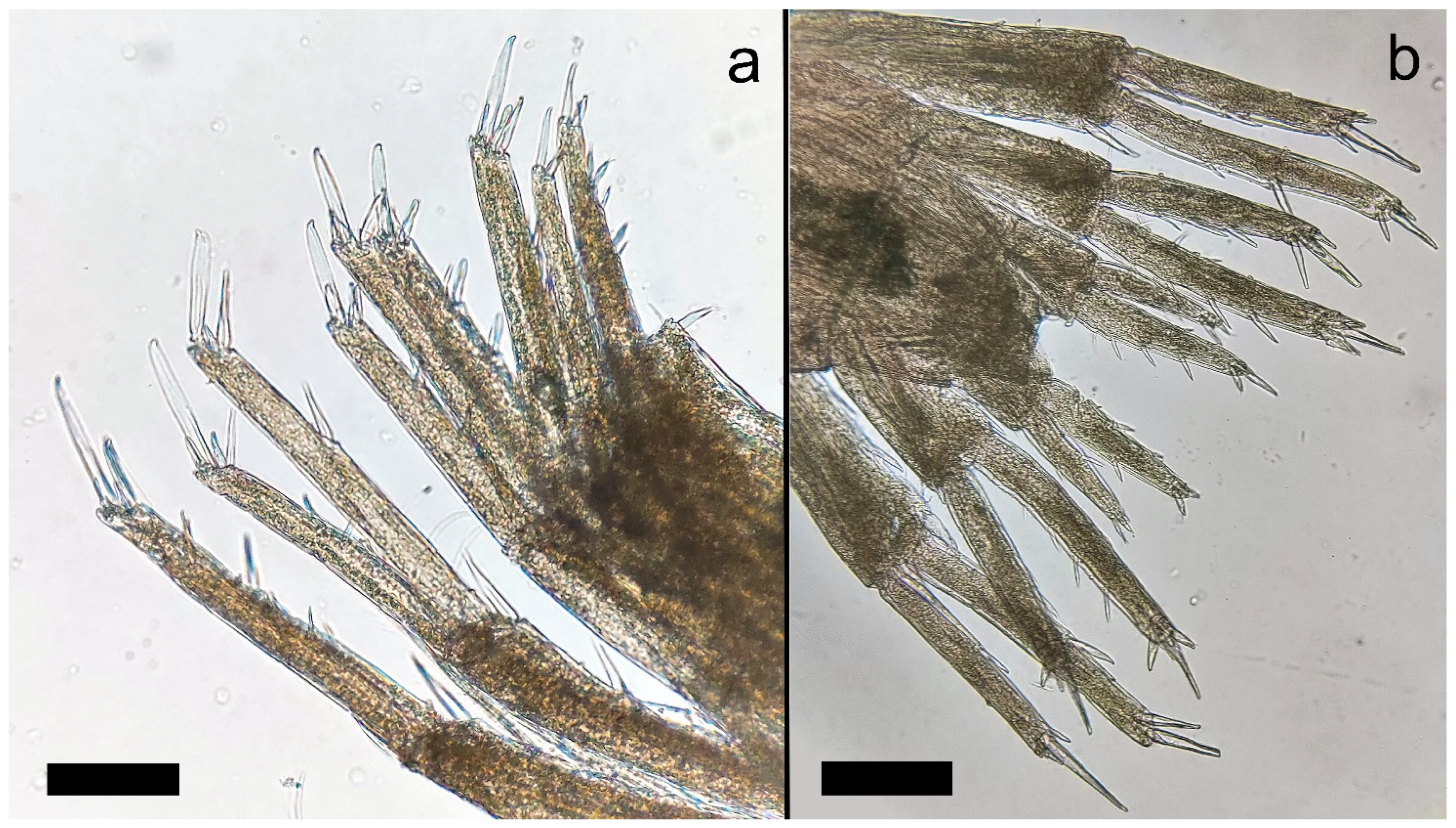
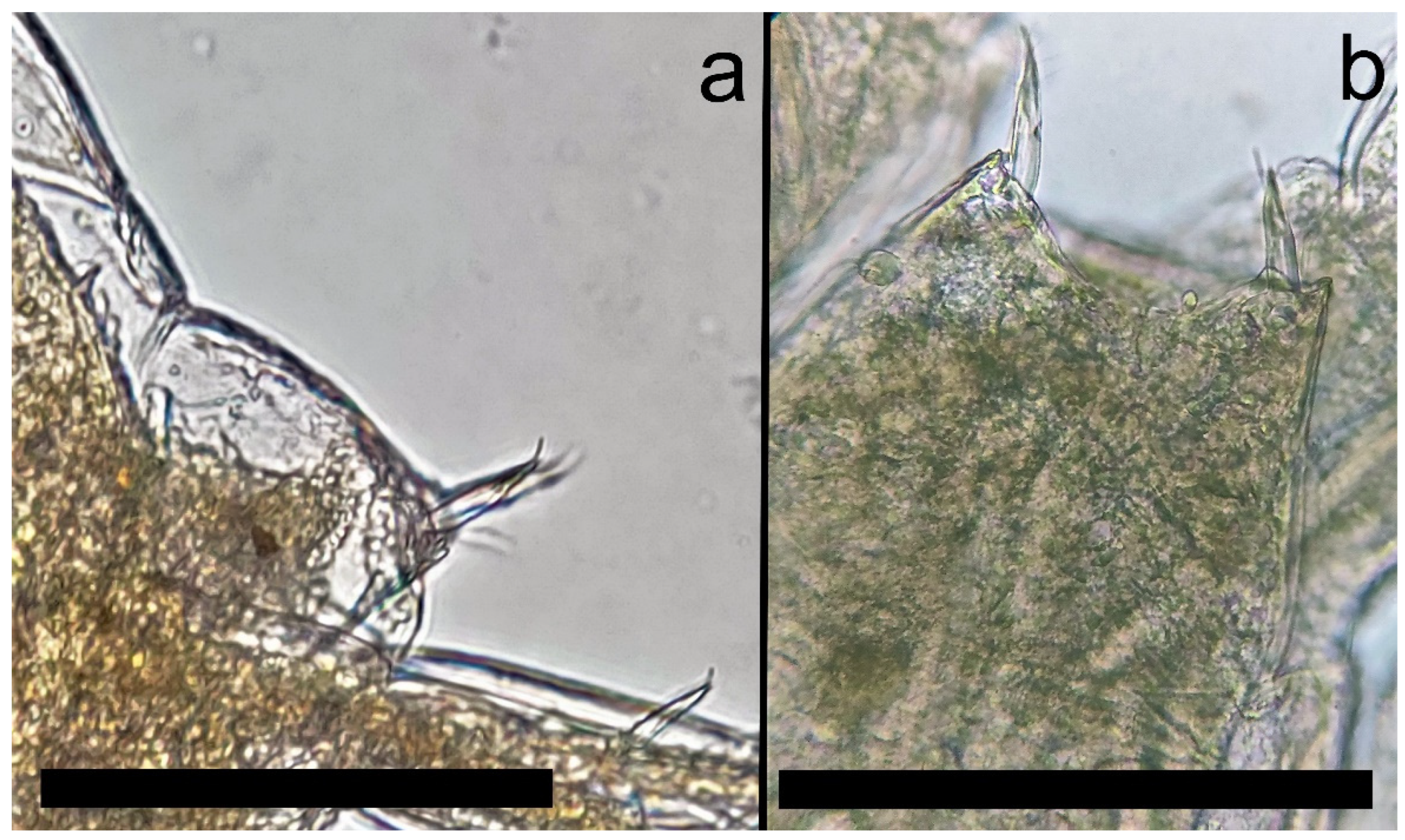
Disclaimer/Publisher’s Note: The statements, opinions and data contained in all publications are solely those of the individual author(s) and contributor(s) and not of MDPI and/or the editor(s). MDPI and/or the editor(s) disclaim responsibility for any injury to people or property resulting from any ideas, methods, instructions or products referred to in the content. |
© 2023 by the authors. Licensee MDPI, Basel, Switzerland. This article is an open access article distributed under the terms and conditions of the Creative Commons Attribution (CC BY) license (https://creativecommons.org/licenses/by/4.0/).
Share and Cite
Mancini, E.; Catalano, G.; Lezzi, M.; Tiralongo, F.; Bonifazi, A. First Record of Megamphopus katagani Bakir, Sezgin & Myers, 2011 (Amphipoda, Photidae) in the Italian Waters: A Species Associated with the “Amphioxus Sand” Biocenosis. Diversity 2023, 15, 358. https://doi.org/10.3390/d15030358
Mancini E, Catalano G, Lezzi M, Tiralongo F, Bonifazi A. First Record of Megamphopus katagani Bakir, Sezgin & Myers, 2011 (Amphipoda, Photidae) in the Italian Waters: A Species Associated with the “Amphioxus Sand” Biocenosis. Diversity. 2023; 15(3):358. https://doi.org/10.3390/d15030358
Chicago/Turabian StyleMancini, Emanuele, Giuseppe Catalano, Marco Lezzi, Francesco Tiralongo, and Andrea Bonifazi. 2023. "First Record of Megamphopus katagani Bakir, Sezgin & Myers, 2011 (Amphipoda, Photidae) in the Italian Waters: A Species Associated with the “Amphioxus Sand” Biocenosis" Diversity 15, no. 3: 358. https://doi.org/10.3390/d15030358
APA StyleMancini, E., Catalano, G., Lezzi, M., Tiralongo, F., & Bonifazi, A. (2023). First Record of Megamphopus katagani Bakir, Sezgin & Myers, 2011 (Amphipoda, Photidae) in the Italian Waters: A Species Associated with the “Amphioxus Sand” Biocenosis. Diversity, 15(3), 358. https://doi.org/10.3390/d15030358







